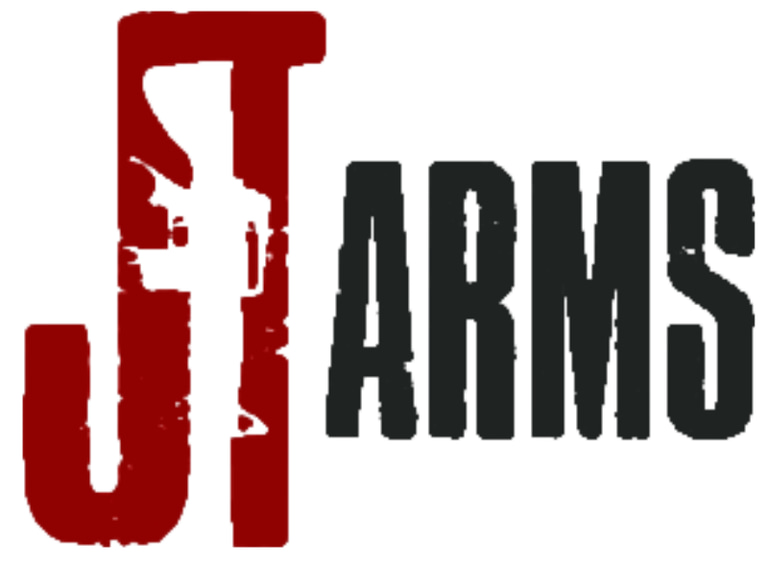The Role of Springs in Firearm Function
9/18/20251 min read


Springs are the unsung heroes of firearm reliability. Hidden inside your pistol, rifle, or shotgun, they control timing, feeding, ignition, and ejection. Yet many shooters never think about them—until they fail.
Types of Firearm Springs
Recoil Springs – Control slide or bolt movement.
Hammer/Striker Springs – Deliver force to ignite primers.
Magazine Springs – Push rounds upward for reliable feeding.
Extractor/Ejector Springs – Ensure cases leave the chamber.
Signs of Worn Springs
Light Strikes: Weak hammer spring.
Failure to Feed: Worn magazine spring.
Failure to Eject: Weak extractor spring.
Excessive Recoil or Cycling Issues: Worn recoil spring.
Upgrading Springs
Competition Guns: Lighter springs for smoother pulls.
Duty/Defense Guns: Heavier, more reliable springs.
Extended-Capacity Magazines: Stronger springs to keep feeding consistent.
Maintenance & Replacement
Replace recoil springs every 3,000–5,000 rounds.
Store magazines unloaded or rotate them to preserve spring life.
Keep springs lightly oiled but not drenched.
DIY vs. Gunsmith Work
Some spring swaps are easy (magazines, recoil). Others—like sear springs—should be left to professionals to maintain safety.
Conclusion
A $10 spring can make or break your firearm. Don’t neglect them—schedule periodic inspections.
👉JT Arms offers spring replacements, upgrades, and reliability tuning to keep your firearm running like new.
